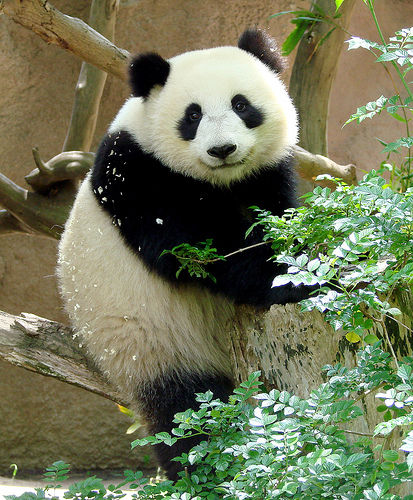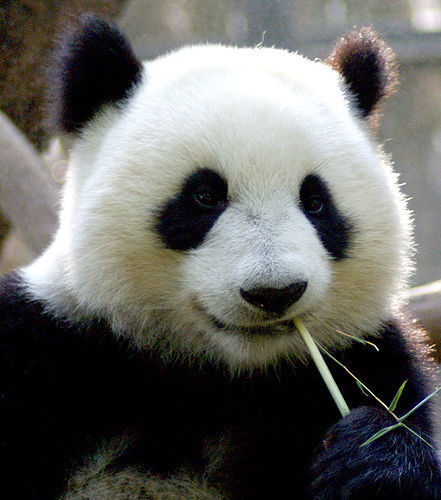Chengdu Research Base of Giant Panda Breeding

Honored as one of China's national treasures, the giant panda is adored by people throughout China and around the world. As one of the rarest animals in the world, giant pandas can now only be found in Gansu, Shaanxi and Sichuan provinces, with the majority of them concentrated in Sichuan province.
In addition to their rare status, giant pandas' black and white fur, cute appearance, and laid-back demeanor have drawn many visitors from other countries to China to see them in person, making Chengdu Panda Breeding and Research Center a place not to be missed by any who are fond of these adorable creatures.
Chengdu Panda Breeding and Research Center is located just 10km (6 miles) away from downtown Chengdu and covers an area of 56,000 sq. m (602,778 sq. ft). The main purpose of the park is studying, breeding, and rearing giant pandas to better preserve this rare animal species. At present, the Research Center consists of a feeding room, sleeping quarters, a training center, a medical station, a laboratory building and a giant panda memorial hall. The complex is comprehensive for the needs of panda husbandry and provides large tracts of land for the pandas, including swaths of verdant bamboo and clusters of beautiful flowers.

Giant pandas are not the only animals that are raised and studied at the center. Other rare animals include: red pandas (which resemble the North American raccoon), black-necked cranes, and white storks.

On the grounds, there is also The Giant Panda Museum, which opened in 1993. The museum displays pictures and over 800 documents related to pandas and other rare species, and 2,140 different samples of animals, birds, amphibians, reptiles and insects. There are also fossils and model recreations of ancient pandas. The museum has a number of different exhibit halls with differing themes, such as: the Giant Panda Hall, the Butterfly Hall, and the Vertebrate Hall.
Thousands of books and documents on the propagation and protection of giant pandas are also available in the museum. This collection of resources has helped a great deal in raising the awareness in the public of the need to protect these rare animals, as well as giving visitors a better understanding of the importance of providing a sustainable habitat for pandas to ensure their future.
The best time to visit is from 8:00-11:30 and 14:30-16:30. The Research Center opens from 7:30 - 18:00 and the admission fee is 60 RMB per person. If you would like the once-in-a-lifetime opportunity of holding a panda, that is also possible for an additional fee - 500 RMB to hold an adult panda or 1,000 RMB to hold a baby panda.

Comments
I am wondering what the address of this centre is, how much for an entrance fee and if the panda holding has to be ore booked (I am looking at coming in July/ August, will this's still be 500 for the adult and 1000 for the baby?)
Thanks
Shannon
In reply to I am wondering what the by Shannon wilson (not verified)
Hi Shannon.
Thanks for your comment! Please kindly note that the holding panda program with photo taken is only available at Dujiangyan Research Center, as other panda centers have stopped this type of activities since last winter.
The cost is 1,800 CNY per person. Right now you will only be able to hold the panda cubs (1-2 years old), because the panda adults are agressive.
Best Regards,
Yuki